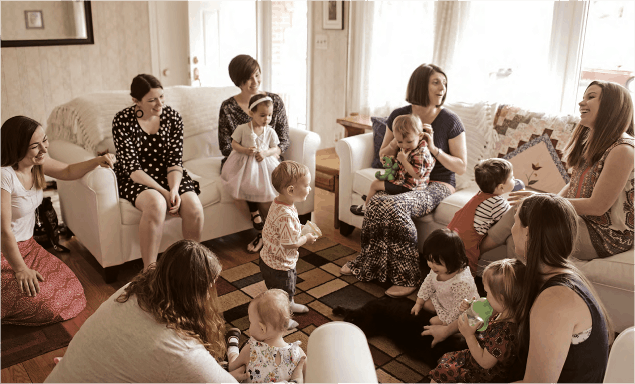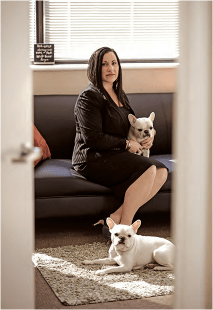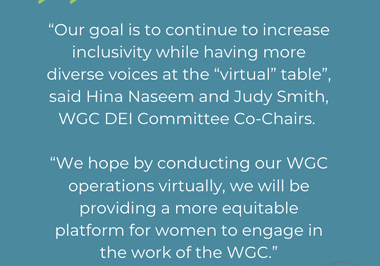There’s an art to parenting, and micromanaging may not be part of it.
STORY BY Rebecca Kirkman PHOTOGRAPHY BY Mary C. Gardella
On a warm evening during a free Sunset Serenade concert at Centennial Park in Ellicott City, Loni Cohen chats with a group of friends while their toddler-aged children play nearby. Preparing to leave, she says goodbye to her friends while keeping an eye on her then 14-month-old son, Adam, as he plays on the lawn.
“He’s wandering around and exploring his new ability to walk—he’s looking at the sticks and blades of grass,” she recalls. Suddenly, a woman in the park sees Cohen’s son, stops and yells out in alarm: “Who’s watching this child? He can’t be over here by himself!”
Cohen quickly identified herself as his mother, and the woman walked away, still visibly unsettled. “She sounded panicked—like he was in immediate danger of falling one foot to the ground,” Cohen remembers. “Obviously she didn’t agree with my allowing him to be 20 feet away.”
Incidents like this got the Columbia-based blogger and full-time mom thinking about her approach to parenting. “I don’t feel the need to hover over my son and helicopter him, but sometimes I feel like there’s pressure in the community for me to do that,” she says.
A description first used by teenagers in the late 1960s to describe how their parents hovered over them, the metaphor became widespread beginning in the 1990s and is by now a well-known term to describe over-involved parents. “It’s the parent who does everything for their child,” explains Dr. Gina Santoro, a Columbia-based child psychologist. “Sometimes there’s not a lot of differ-entiation, so the child’s life is almost like the parent’s life.”
 For example, when a toddler is learning to walk, a helicopter mom is “holding his hands and moving things out of his way,” Santoro says. Instead of letting a child learn to tie her shoes, the helicopter parent ties her shoes for her.
For example, when a toddler is learning to walk, a helicopter mom is “holding his hands and moving things out of his way,” Santoro says. Instead of letting a child learn to tie her shoes, the helicopter parent ties her shoes for her.
Physical hovering is more common with younger children, but intrusive parenting often continues through adolescence and even into adulthood. The micromanaging comes in all forms, from monitoring every food a child eats to picking out and scheduling a child’s after school activities and academic pursuits. In her therapy practice, Santoro says she sometimes sees parents composing text messages for their children.
Similarly, “snowplow” parenting describes parents who augment their children’s affairs by preventing conflict and fixing problems to ensure a clear and unobstructed path for them through life. “The idea behind snow¬plow parenting is, ‘I’m going to get this for you at any cost,’” explains Santoro, who says she began to hear the term only recently. In her interpretation, parents’ reasoning is: “Either it’s what I think you want or what I think you should want, so I’m going to just do it for you.” While the snowplow mother’s endgame may be admirable–often she has her sights on a son or daughter’s future success–the aggressive parenting style can leave children without valuable life skills. When they leave home, many may not be versed in conflict resolution and how to learn from failure.
These parents meet with school officials to make sure their child is matched with certain teachers, or pester coaches to get their kid a spot on a sports team, Santoro says. “But what about the experience of not making a sports team? That’s a life lesson.”
Often, snowplow parents think they are being helpful, but the reverse is true, according to Santoro. “In fact, I think it really can be hurtful.” In her experience, the inability to accept a child’s independence can continue to adulthood, leading to such intrusive parental behaviors as calling university professors on a child’s behalf–even after a son or daughter has left home and is a legal adult.
While the two styles, helicopter and snowplow are distinct, they do have some things in common. “They are unhealthy boundaries in relationships,” Santoro says.
If intrusive parenting isn’t healthy, where does it come from? The convergence of several cultural changes may be to blame. Santoro points to over-scheduled families and how our on-demand lifestyle calls for parents to grab for short-term solutions. “My clients are super busy, always running somewhere,” she says. “It’s like, ‘I don’t have time to wait for you to tie your shoes; we’re late to this appointment or this practice.’” So the parent ties the shoe.
She also credits social media with compelling families to excel. “If I see a friend posting that she made a gourmet meal and her daughter’s report card is straight As, I feel like I have to keep up with that,” Santoro explains. “There’s pressure parents are getting that they’re passing on to their kids.”
Not only is this behavior bad for a child’s development, it can be hard on parents, too. “I see a lot of moms who are so burnt out, and they aren’t able to be there in the way that they want for their kids,” says blogger Cohen, who helps organize a meetup for  Howard County mothers. “I see the effects of helicopter parenting,” she says, “this pressure to be what we call a ‘Pinterest parent.’” Even so, she says, “I don’t know that parents always recognize it.”
Howard County mothers. “I see the effects of helicopter parenting,” she says, “this pressure to be what we call a ‘Pinterest parent.’” Even so, she says, “I don’t know that parents always recognize it.”
Finding the right level of involvement can be tricky, because there’s no black and white answer. “Good parenting is not about what’s right or what’s wrong, it’s about matching the child’s needs,” explains Santoro. “A child who has a learning disability might need a lot more hand holding and support than a child who doesn’t.” Parents should be aware of their child’s strengths and weaknesses. A good way to start is by asking, “Is my child physically capable of doing this on his or her own?” Santoro suggests. “When parents don’t allow their child to have that experience, they are taking away a learning opportunity.”
Worried about hovering? Teachers and counselors can give insightful feed¬back about how children behave when their parents are absent, such as whether they can perform tasks independently.
As children get older, they may even tell their parents when it’s time to take a step back. That was the case for Crystal Collins, whose 16-year-old son will begin his senior year this fall. “As he’s gotten older, he just doesn’t allow me to hover— he asserts that it is his work, project, or activity, and he’ll accept the reward or consequence of what he produces,” Collins admits. “Being over-involved just causes too much friction in our home, so I have made sure that he has resources, other than me, that he feels comfortable reaching out to for support or help.” These days, she says, “I really only get involved if there is a problem.”
Parents like Collins who are thinking about how to support their child without becoming over-involved are on the right track, says Santoro. “If it’s on your radar, talk to your friends, talk to some people at school and observe what your child is able to do by themselves, without you intervening,” she suggests. But don’t be discouraged if your parenting isn’t perfect. “It’s really challenging, and a lot of the challenge is that there’s no one right answer.”




